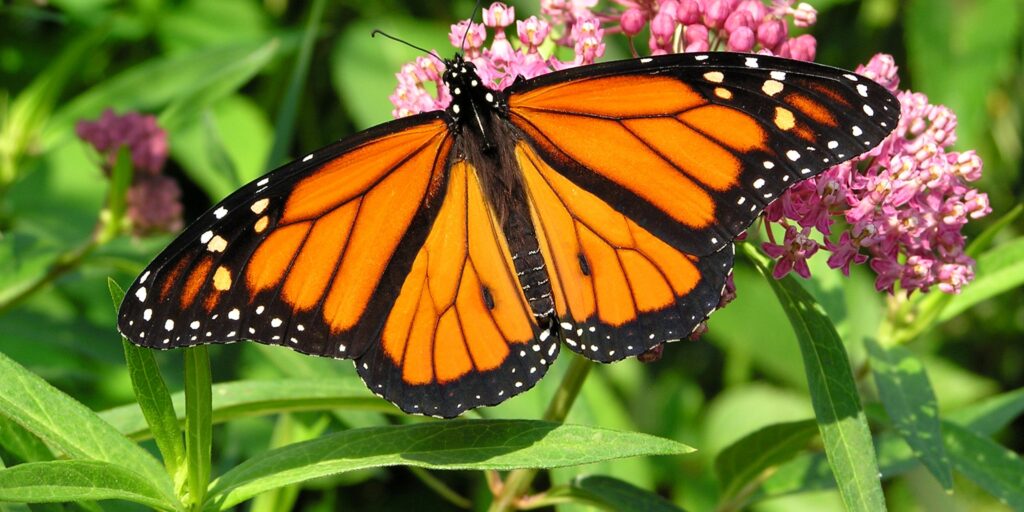Spring is the perfect time to rethink your gardens and yards: Less mowing? More pollinator plants? Food production? Native trees? Fruit trees or even a small food forest?
Even if you don’t have a yard, you can still bring biodiversity to shared spaces, schools, or places of worship.
Gardening & Landscaping Options
- Invasive Plant Management: Control invasive species that reduce biodiversity in your landscape.
- Pollinator Meadows: Support birds, bees, butterflies, and beneficial invertebrates while adding beauty to your yard.
- Native Plant Gardens: Boost wildlife habitat, improve soil health, and enhance ecosystem function.
- Edible Forest Gardens / Food Forests: Combine trees, shrubs, herbs, and ground covers to create perennial, self-sustaining food systems.
- Rain Gardens: Capture and filter stormwater, improving water quality.
- Lawn Alternatives / No-Mow Lawn: Reduce maintenance while providing ecological benefits.
- Fall Cleanup & Leaf Mulching: Recycle leaves on-site to enrich soil, feed microbiology, and close the nutrient loop naturally.

